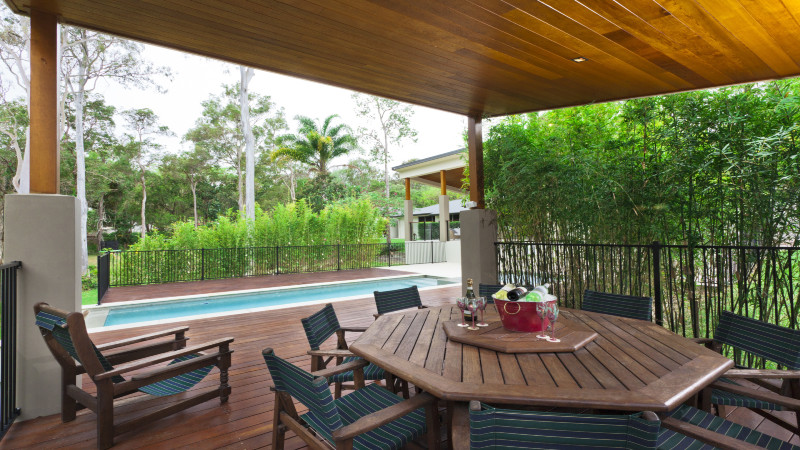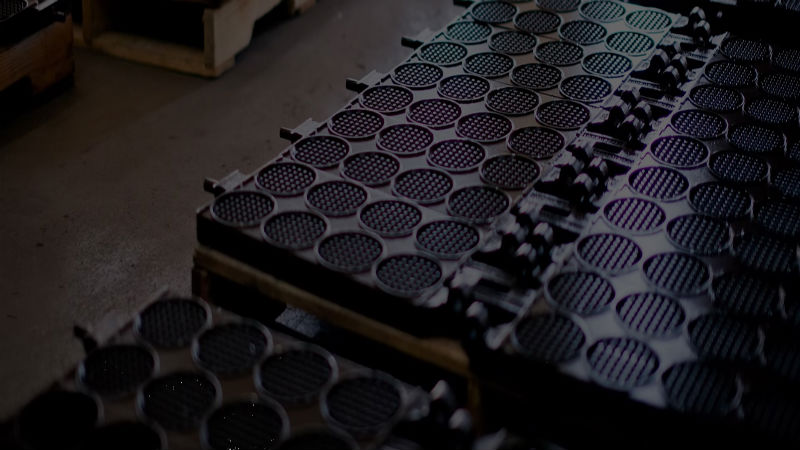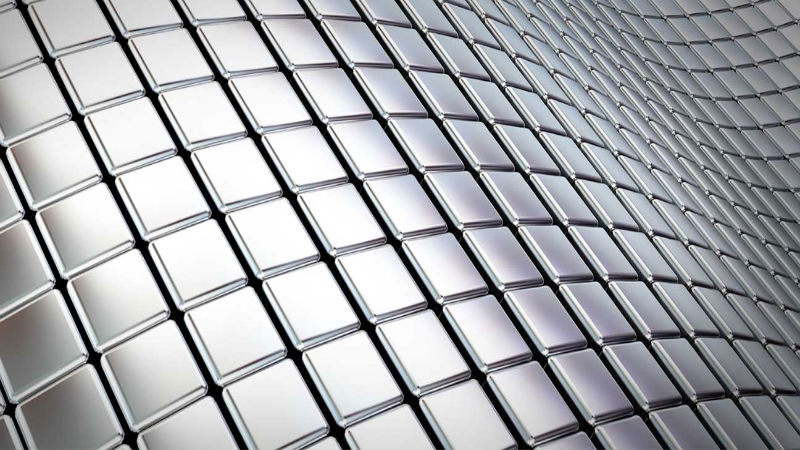There is an old saying about a chain being only as strong as its weakest link, and this is also true for any piece of equipment. The equipment is only as good as the weakest part, or the part most likely to fail during operation.
As an OEM, it is essential to produce equipment at the lowest possible costs. However, failing to consider the duty cycle of the equipment based on saving a small amount on providing the right coating for parts is a branding and marketing mistake.
For any part or component that is exposed to moisture, humidity, chemicals or other types of corrosive agents, compounds or products, providing an anti-corrosion coating on the part of the system can help to extend the life cycle of not just the part, but of the entire machine, system or device.
Options to Consider
Depending on the base material of the part, as well as the type of corrosive agent or agents it may be exposed to, different options in anti-corrosion coating may be available. These coatings can be very cost-effective, particularly when considering the increased life cycle.
- Epoxy powder coating – epoxy powder coating as a fast, low-cost option that allows for precision application of both thick and thin coating requirements. It is effective in all types of corrosion resistance and can also help to negate the impact of the damage from UV rays.
- Nylon powder coating – offering all the benefits of epoxy powder coating, nylon powder coating also adds abrasion resistance with top chemical resistance.
- Polyester powder coating – similar to both epoxy and nylon powder coating, the polyester option provides all of the protection you need with the ability to be used for interior and exterior applications. It is also a great way to color code parts and components.
Before choosing a specific anti-corrosion coating, talk to the company and ask for recommendations given the specific exposure of the part.



